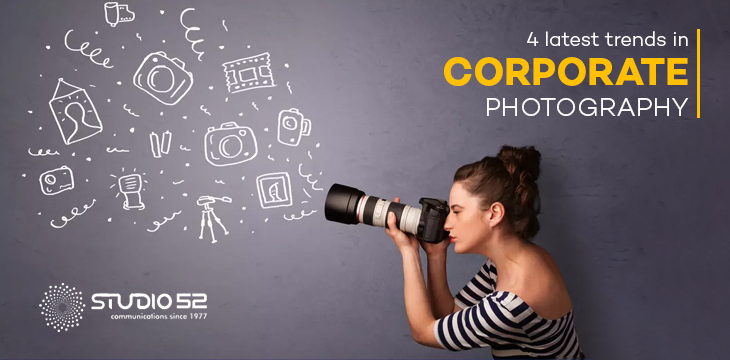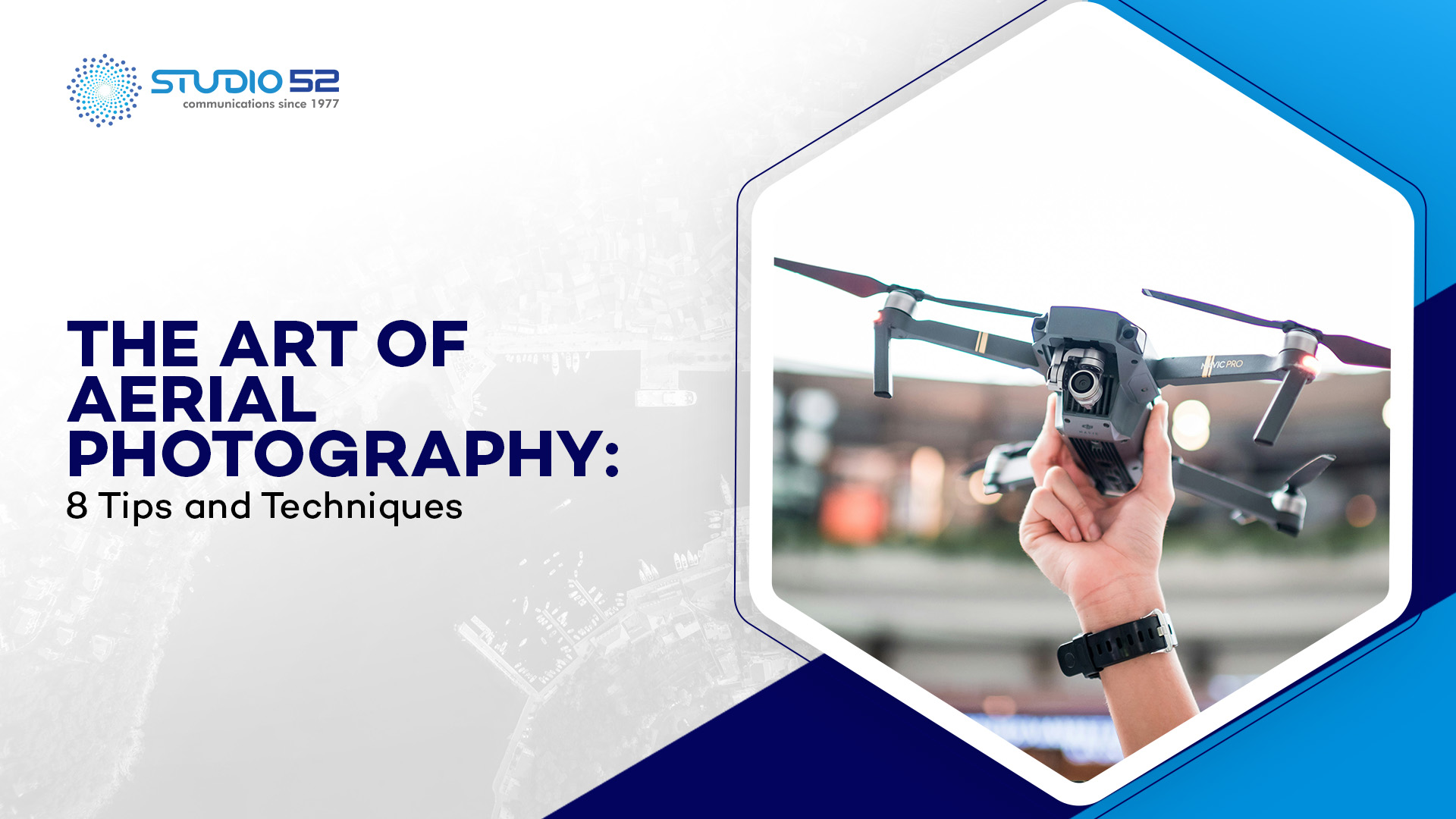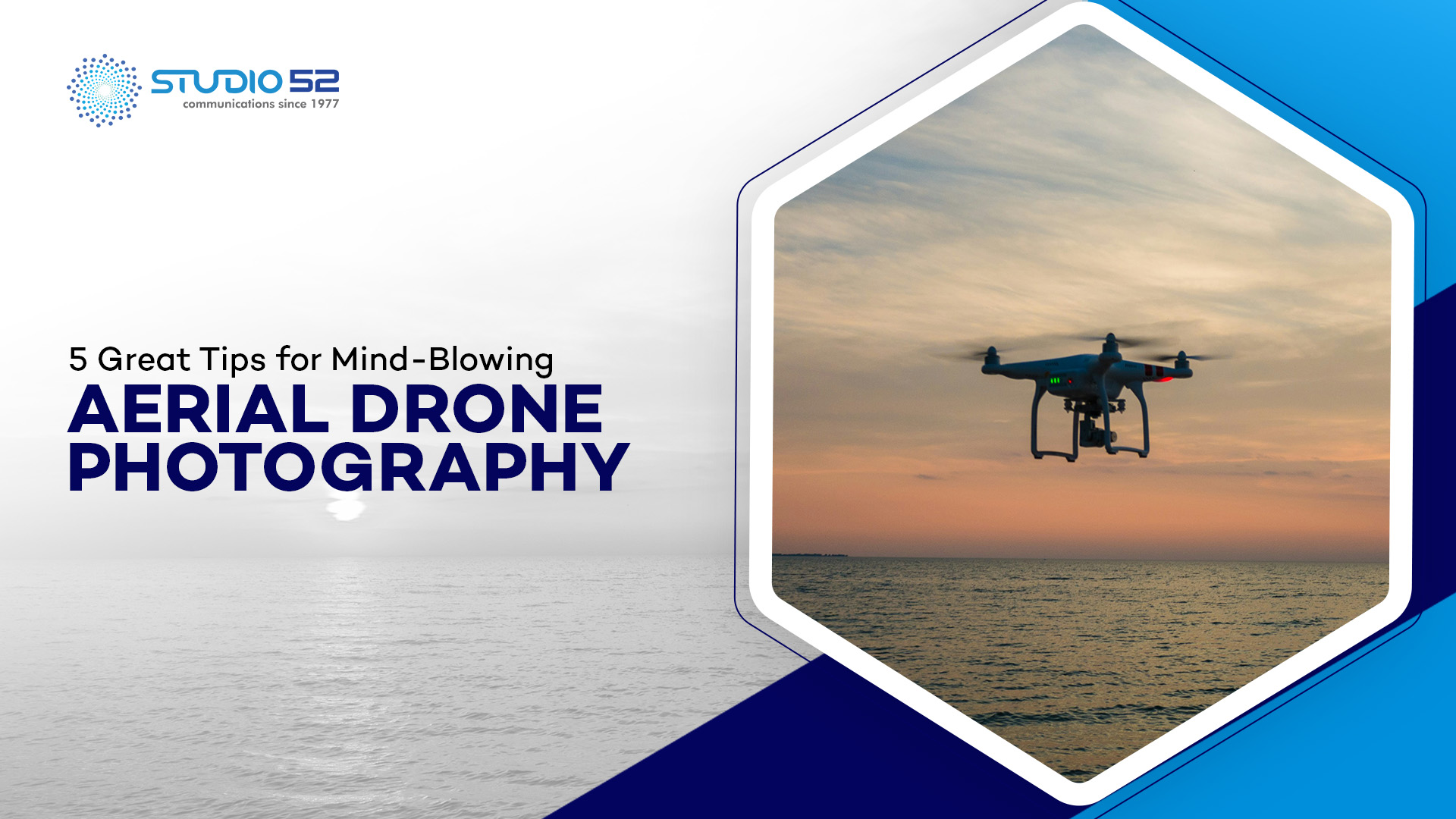Ever noticed how jaw-dropping those aerial shots of Riyadh’s ever-evolving skyline or the Red Sea’s crystal-clear coastlines look on social media these days? That’s no coincidence—Aerial Videography Services are booming in Saudi Arabia like never before.
From mega-projects like NEOM and The Line to massive festivals in AlUla and Diriyah Season, drones are everywhere—silently capturing the future in motion.
In 2025, whether you’re a real estate developer showcasing luxury villas in Jeddah, a tourism board promoting eco-resorts in Umluj, or even a content creator shooting cinematic videos for your followers—Professional Drone Photography Services are now the go-to tool for visual storytelling.
Drones aren’t just flying cameras anymore—they’re business assets, marketing tools, and a key part of Saudi Arabia’s digital transformation under Vision 2030. Explore expert tips to improve aerial photos and capture stunning, high-quality drone imagery every time.
Table of Content
Need for Aerial Imaging
Aerial photography or videography is no longer just an art—it’s now an essential tool for innovation. Using mobile vehicles like drones, wide-angle ground images are captured with precision and clarity. A quick search of terms like ‘drone photography’ or ‘drone video’ on social media reveals millions of results, showing how popular and accessible this technology has become.
In 2025, Professional Drone Photography Services have taken a giant leap forward, integrating high-resolution 8K cameras, thermal imaging, AI object recognition, and even LiDAR sensors.
These aren’t just flying cameras—they’re intelligent imaging systems. In Saudi Arabia, companies are using Commercial Drone Services to monitor construction progress in mega-projects like NEOM, survey archaeological sites in AlUla, and even conduct smart agriculture assessments in regions like Al-Qassim.
Recent years have redefined the way photo data is captured. Human effort has been minimized, with remote-controlled, AI-enabled drones handling everything from positioning to image optimization. This automation has made capturing stunning visuals and meaningful data quicker, safer, and more cost-effective.
But the goal isn’t just taking great-looking images. It’s about using aerial imaging to understand terrain, study urban growth, analyze environmental changes, and more. With drone imaging, we can now explore and document remote locations once thought unreachable.
The application of this tech extends to surveillance and public security, where drones help monitor large-scale events like Riyadh Season or serve as early responders in emergency zones. Wildlife conservationists use aerial tools for tracking endangered species, and filmmakers create sweeping cinematic shots without helicopters or cranes.
In times of natural disasters, Commercial Drone Services have proven critical—offering real-time visuals of affected areas to aid in relief planning and delivery. Whether it’s flash floods or sandstorms, drones provide rapid and reliable geographical insights, helping decision-makers act quickly.
Despite rapid growth, challenges remain. Cybersecurity concerns, potential misuse of visual data, and regulatory compliance issues continue to pose risks. However, with advancements in encrypted data transmission and drone licensing frameworks under Vision 2030, the industry is adapting fast.
With Saudi Arabia at the forefront of drone adoption in the Middle East, we are witnessing a transformation where aerial imaging is becoming normalized across sectors—from real estate to oil and gas, tourism to logistics.
The increasing reliance on Professional Drone Photography Services signals a clear shift: drones are now indispensable tools for insight, innovation, and impact. Find out if a drone is worth for photography and how it can elevate your visual content.
End-User Benefits
In 2025, Drone Photography Services have evolved into one of the most efficient, scalable, and data-rich tools for a wide range of industries. With smarter drones equipped with AI, GPS tracking, LiDAR, and 8K-resolution cameras, the possibilities are nearly limitless.
Here are some of the top user benefits across different purposes:
- Synoptic View Anytime, Anywhere: Whether it’s a remote desert site in Tabuk or a bustling urban area like Riyadh, drones offer a full aerial snapshot, helping users understand topography, layout, and conditions at a glance.
- Cost Efficiency & Manpower Reduction: You no longer need to hire multiple professionals for large-scale photography or data collection. Automated Drone Photography Services can handle everything—from flight to final image delivery—cutting down costs and increasing accuracy.
- Precision Timing: Set a timer to capture the exact moment you want—sunsets over AlUla, the start of a major construction pour in NEOM, or high-traffic flow at the Riyadh Boulevard. These systems preserve ground conditions precisely.
- True 3D Visuals: Drones now generate high-fidelity 3D models of terrains, from the rocky escarpments of Abha to coastal stretches in Jazan, giving users depth and scale like never before.
- Automated Land Surveys: With advanced mapping features, drones eliminate the need for manual land surveys. In sectors like Commercial Real Estate Drone Photography, developers are using this to create accurate site maps and virtual walk-throughs even before ground is broken.
- Remote Accessibility: Mountainous regions, deserts, or post-disaster zones—drones can fly into places humans can’t easily reach, making them indispensable for surveying difficult terrains.
- Scalability: Whether you’re mapping a small residential plot or an entire new city project like The Line in NEOM, drone imaging adapts to your scale.
- Quick Turnaround: Modern Drone Photography Services now use cloud-sync technology to upload and process images instantly. Users receive high-quality visuals within hours instead of days.
- Versatility in Aircraft: Apart from drones, cameras can also be mounted on rockets, helicopters, and fixed-wing aircraft for specialized aerial imaging.
- Mass Commercial and Social Adoption: What began as military tech is now mainstream. From influencers capturing cinematic desert dunes to realtors creating 360° property tours, usage has exploded across sectors.
- Sports & Entertainment: Stadiums in Saudi Arabia now rely on drones to broadcast large-scale events like the Saudi Cup or MDLBEAST Soundstorm, giving viewers panoramic coverage and immersive experiences.
- Location Tracking & Land Access: Drones provide precise geolocation services for both commercial development and emergency response planning.
- Disaster Assessment & Relief: In the wake of natural calamities, drones deliver immediate aerial data to assess damage. Relief teams are using drones in 2025 to drop supplies, map affected zones, and even identify survivors using thermal vision. Use drones to create aerial photographs that capture stunning views and transform your visual content into impactful stories.
Present Trends for Drone Imaging
As of 2025, Commercial Drone Services are transforming the way industries across the Kingdom operate—from real estate to entertainment.
Here’s how drones are being used right now:
1. Smart Cities Need Smart Eyes: With mega-projects like NEOM and The Line, Saudi Arabia is using Commercial Drone Services to map, monitor, and manage massive infrastructure plans in real time.
- Real Estate is Going Sky-High: Developers in Riyadh and Jeddah are using Commercial Real Estate Drone Photography to give buyers bird’s-eye views of new properties, land plots, and neighbourhood layouts—boosting sales with stunning visuals.
- Events Captured from the Sky: From the Saudi Cup to MDLBEAST Soundstorm, drones offer full-scale coverage for entertainment and sports events—making Drone Photography Services the go-to choice for modern broadcasting.
- Tourism Gets a New Perspective: Tourism boards are using aerial videos of AlUla, the Red Sea coast, and historic Diriyah to attract global visitors. These cinematic views are powered by Drone Photography Services.
- Disaster Response in Real-Time: After flash floods or sandstorms, Commercial Drone Services help pinpoint damage zones in hard-to-reach areas—speeding up relief and rescue operations.
Future Trends for Drone Imaging
As Saudi Arabia charges ahead with Vision 2030, the drone industry is set to evolve with cutting-edge features. Here’s what the future holds:
- AI-Driven Drones: Next-gen drones in Saudi Arabia will use AI to analyze footage automatically—spotting construction flaws, traffic bottlenecks, or even wildlife patterns in real time.
- Drone Delivery for Remote Zones: Expect to see drones delivering medical kits or documents in rural areas like Hail or Najran—powered by commercial-grade systems.
- Full-Immersion Property Tours: Commercial Real Estate Drone Photography will offer 3D virtual tours for luxury villas in King Abdullah Economic City or beachfront properties on the Red Sea.
- Eco-Friendly Surveillance: Solar-powered drones will monitor protected areas like the Asir National Park—blending sustainability with security.
- Unified Air Traffic for Drones: By 2030, Saudi Arabia may launch a centralized drone traffic management system to control its growing skies—paving the way for safer, smarter Commercial Drone Services.
With Commercial Real Estate Drone Photography, businesses in Saudi Arabia can now showcase properties from every angle, making listings more dynamic and impressive for potential buyers.
From the Sky to Your Success Story
Drone technology in Saudi Arabia is changing the way we see and capture the world around us. From city skylines to real estate projects, Drone Photography Services are helping businesses tell better stories, plan smarter, and work more efficiently.
If you’re looking to showcase properties, track progress, or simply capture stunning views, Commercial Real Estate Drone Photography is a smart choice. And with a trusted name like Studio52, you get experience, quality, and a team that understands what works in the Saudi market.
Want to see your project from a new angle? Get in touch with Studio52 and discover how their Drone Photography Services can help bring your vision to life.






